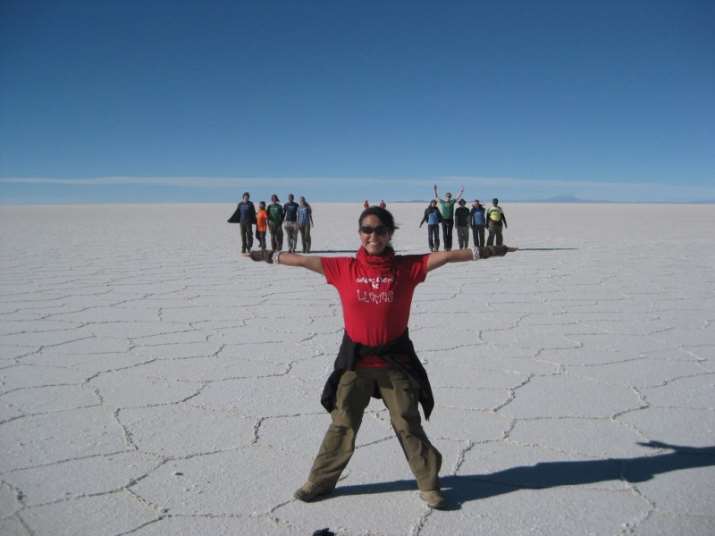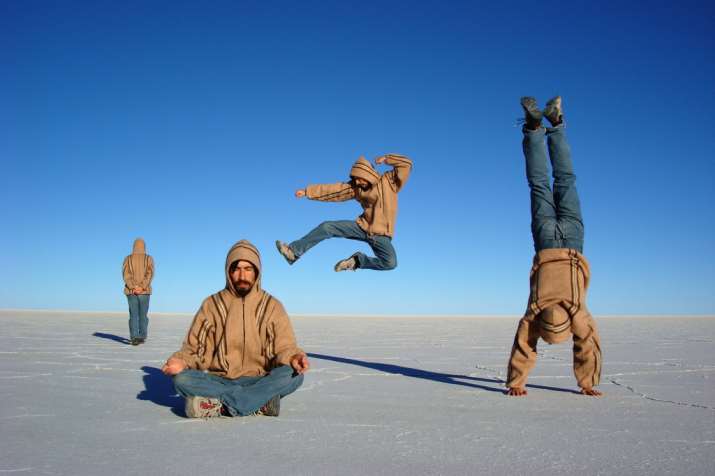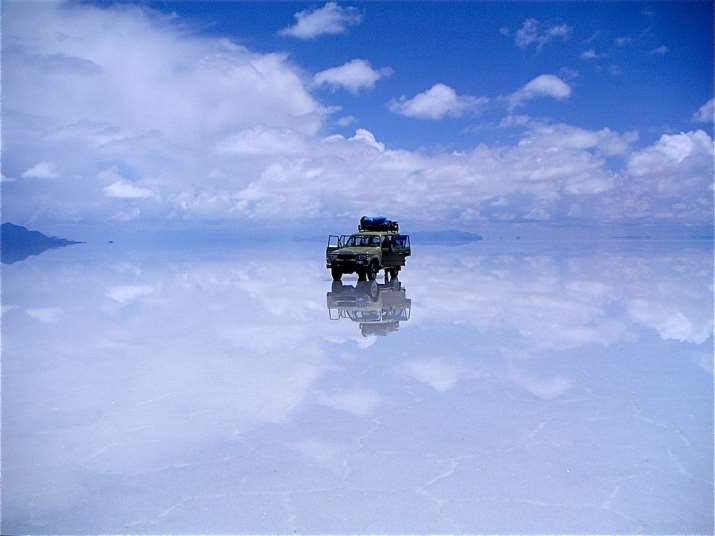Salar De Uyuni - The Largest Salt Flat in the World
Recognized as the largest salt flat in the world, Salar de Uyuni in Bolivia provides some of the most breathtaking sceneries known to man. Photographers from all over the world trek to this magnificent place in the hopes of capturing the majestic landscape on their lenses. This is where the sky touches the earth to a point where one can hardly identify which is which.


Millions of people visit the Salar de Uyuni salt flats every year, not only to marvel at the majestic scenery, but also to experience an adventure that few other places on the planet can offer. If you’re contemplating a tour at the world’s largest salt flats, here are a few things you should know.
History
One of the interesting things about Salar de Uyuni is that there are a couple of versions on how it came to existence. There’s a scientific version, one that historians agree on, and there’s another version that many locals would love to share with you, if you spend some time with them. The version of the locals may be born out of myths, but it certainly is more interesting.
The short version of the scientific explanation claims that the salt flats originated from a prehistoric lake. The lake dried up and what was left was millions of tons of salt. The area is more than 10,000 square kilometers and in some places, especially near the center, the salt layer can be as 10 meters thick. Today, Salar de Uyuni acts as a major route across Bolivia and it is also a popular breeding ground for pink flamingos. The cultural version is more exciting, but it would be better told by a local.
Places to Visit
Seeing the salt flats at different times of the day will definitely be a priority, but there’s more to Salar de Uyuni than the flats. Here are a few more places that would be worth your while. Salt and tourism are the primary means of income in this area. Much of the salt is processed in the surrounding villages like Colchani and Bloques de Sal. Here you’ll discover that salt can be processed into almost anything, like furniture, figurines, and even homes. In fact, several hotels in the area are made completely out of salt.

You will probably be spending a few days at Salar de Uyuni and will most likely be spending the first night at Isla de los Pescados, an island that gives out a fish-like reflection during the wet season. Here you’ll find fossilized coral and some of the oldest cacti you’ll ever see.
There are dozens of other places you’ll need to visit, like the Laguna Verde, Licancabur Volcano, Ruinas de San Antonio, and the Valles de Rocas to name a few.
Getting There
Salar de Uyuni is a huge salt desert and like most deserts, travelers can get disoriented and easily lost while navigating the salt flats. It’s recommended that you join a tour group to ensure your safety during your trip.
Most tours originate from Uyuni and this is where you’ll be able to find a tour group to join. A word of caution, a number of tour agencies have had negative reviews. It’s best that you do a bit of research first before deciding to purchase a tour package. Another thing is Salar de Uyuni is notoriously famous for the number of drunk drivers that cause accidents every year, and this includes drivers of tour agencies. If you think that the driver of your vehicle is under the influence of liquor or any other intoxicating substance, it’s best to find another tour to join.
What to Bring
Although Salar de Uyuni is a popular tourist destination, it’s best not to rely on tour agencies or hotels to provide everything you’ll need. Here are a few things you should bring along:
- Bottled Water – Don’t rely on the tour agency to provide enough drinking water during the trip.
- Sleeping Bag – You can rent one there but bring one of your own. It would be much better.
- Towel – There are places where you can shower but they won’t provide you a towel.
- Small bills and coins – You’ll need to pay for almost everything there, even a trip to the toilet.
- Camera, batteries, and memory cards – You will never be able to take enough photographs so take as many as you can.
- Sunglasses – The flats act like a mirror so expect light from the sun and from the flats too.